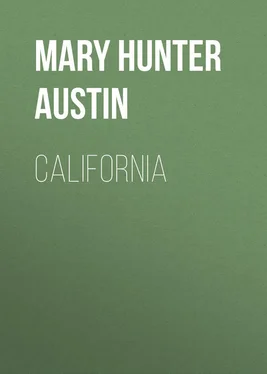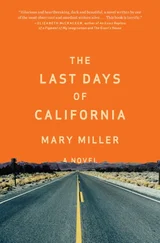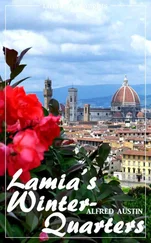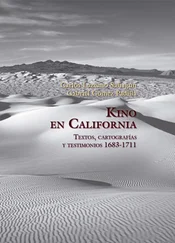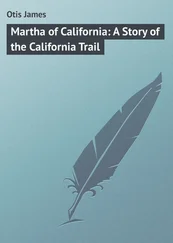Entering the cañons of the San Gabriel, one is struck with the endearing quality of their charm. In a country which disdains every sort of prettiness, and dares even to use monotony as an element of beauty, as California does, it is surprising to find, cut in the solid granite wall, little dells all laced with fern and saxifrage, and wind swung, frail, flowery bells. Little streams come dashing down the runways with an elfin movement, with here and there a miniature fall "singing like a bird," as Muir described it, between moss-encrusted banks.
Into the open mouths of such cañons have retreated the hosts of wildflowers that once in the wet seasons overran all that country from San Bernardino to the sea, – the white sage, most honeyful of all the sages, the poppies, gilias, cream cups, nemophilias which twenty-five years ago were as common as meadow grass, as thick as the planted fields of alfalfa which have usurped them. Settlers who came into this country when the trail over the San Gorgiono had not yet hardened between iron rails, tell of riding belly deep for miles in wild oats and waving bloom, and where the trail goes out over the San Fernando, toward Camulas, the yellow mustard reached its scriptural height, and the birds of the air built their nests in it. Now and then in very wet years a faint yellow tinge, high up under the bases of the hills, is all that is left of the seed which, by report, the Padres sowed along the coastwise trails, to mark where they trod the circuit of the Missions.
Everywhere within the cañons, honeyful flowers abound, and up from the rocky floors the slopes are stiff with chaparral. This characteristic growth, which, seen from the open valley flooded by dry sun, appears as a mere scurf, a roughened lichen on the mountain wall, is in reality a riot of manzanita, mahogany, ceanothus, cherry and black sage, from ten to fifteen feet high, all but impassable. Elsewhere in the ranges to the north, the chaparral is loose enough to admit fern and herbaceous plants, carpeting the earth, but here the rigid, spiny stems contend for three or four feet, thick as the carving in old cathedral choirs, before they attain light and air enough to put forth leaf or twig. On the seaward side of the mountains, miles and miles of this dense growth flow over the ranges, parted here and there by knife-edge ridges, or by huge bosses of country rock, affording a great sweep to the eye, reaching far to seaward. From here the lower country shrinks to its proper proportion – a toy landscape planted with Noah's Ark trees – and the noise of men is overlaid by the great swells of the Pacific which come thundering in, lifting far and faint reverberations along the ranges.
On either side of these vast conning towers it is still possible to trace the indefinite tracks which wild creatures make, running clear and well defined for short distances and then melting unaccountably into the scrub again. Occasionally still they discover traces of the wild life in which the Sierra Madre once abounded. Deer are known to take advantage of such natural outlooks in protecting themselves from their natural enemies, and from the evidence of frequent visits here, bears and foxes and bobcats must have made much the same use of them. From such high escarpments the Indians would have seen Cabrillo's winged boats go by, and from them, all up the coast, ascended the pillars of smoke that attended the galleon of Francis Drake.
Конец ознакомительного фрагмента.
Текст предоставлен ООО «ЛитРес».
Прочитайте эту книгу целиком, купив полную легальную версию на ЛитРес.
Безопасно оплатить книгу можно банковской картой Visa, MasterCard, Maestro, со счета мобильного телефона, с платежного терминала, в салоне МТС или Связной, через PayPal, WebMoney, Яндекс.Деньги, QIWI Кошелек, бонусными картами или другим удобным Вам способом.
